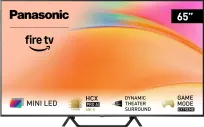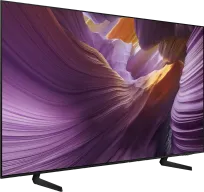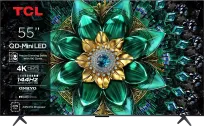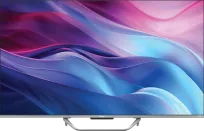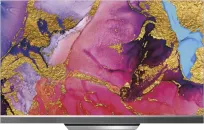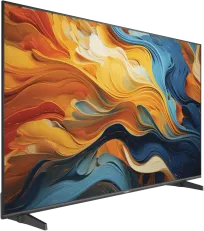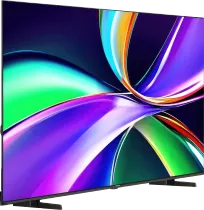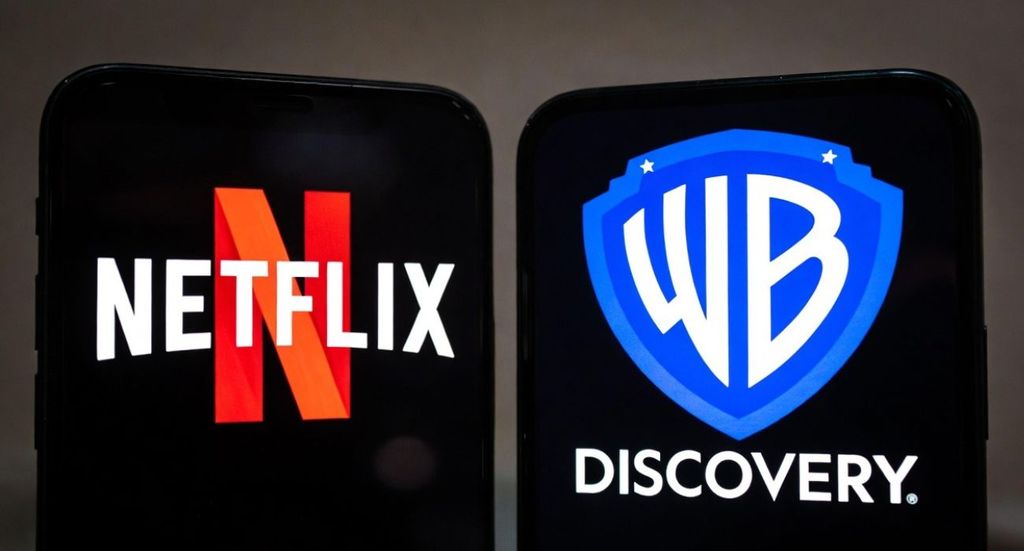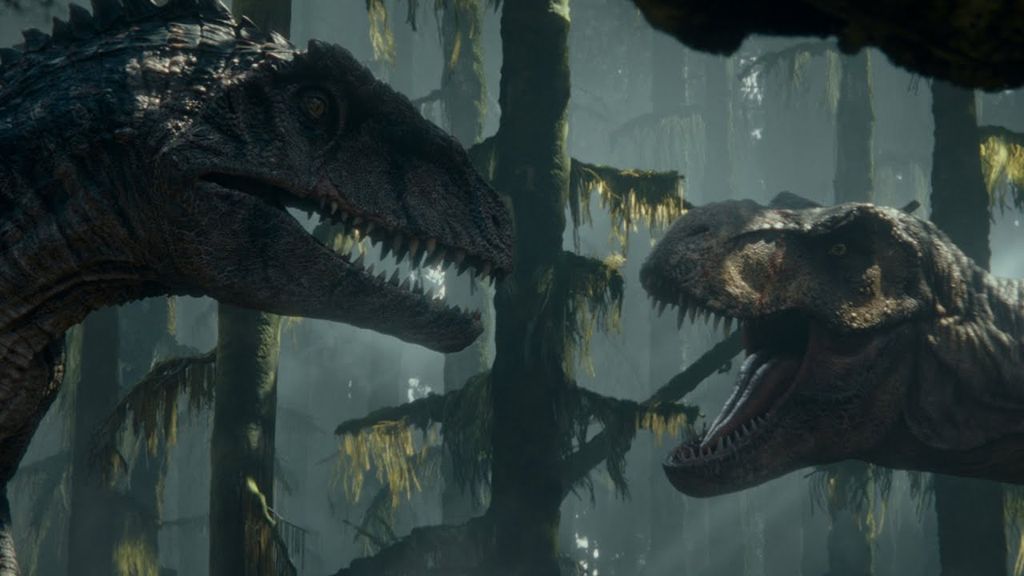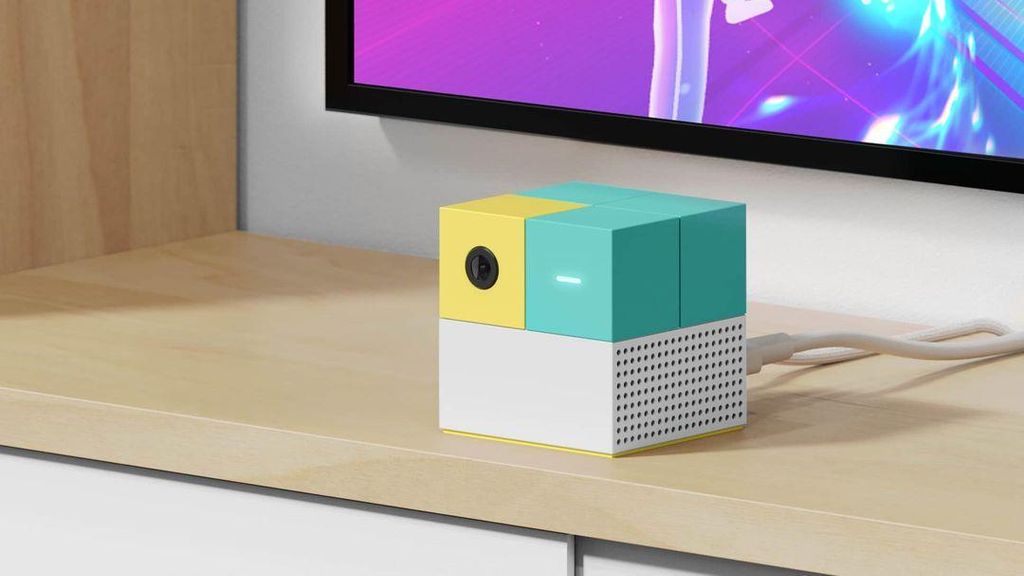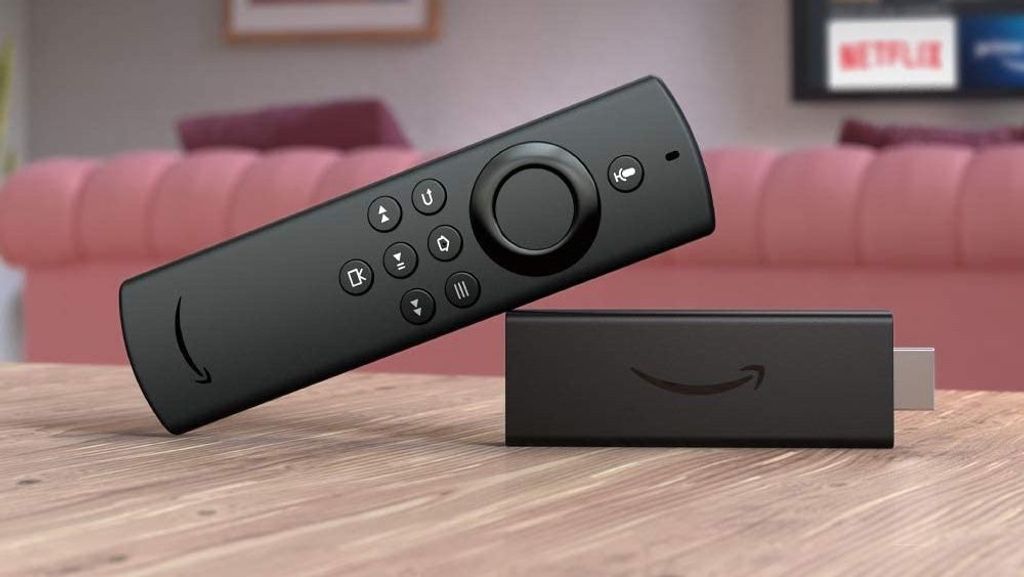
Amazon has officially confirmed its plans regarding Vega OS, a new operating system that powers the latest Fire TV 4K Select devices. Although this is just the beginning, the company announces that Vega OS will eventually be available on more Fire TV models – as part of a gradual rollout, without a specific release date.
Importantly, Vega OS does not yet change the appearance of the interface or introduce major new features. It is rather the first step in a longer process aimed at separating Fire TV from Android. In practice, this means that Amazon wants to take full control over its system – from updates to future features.
For users, nothing is changing for now – the new Fire TV televisions still run on a modified version of Android, namely Fire OS with Android DNA. But that will change soon.
Building Your Own Application Ecosystem
As reported by Janko Roettgers from Lowpass, the biggest challenge for Amazon will be creating a new application ecosystem for Vega OS, which – unlike Android – is based on the Linux kernel. This means one thing: Android apps will not work on Vega OS.
Developers will therefore have to write their apps from scratch – just like with webOS from LG or Tizen from Samsung. To avoid launching with an empty app catalog, Amazon has introduced a temporary solution: the so-called "cloud apps", or apps that run in the cloud.
In practice, these are Android apps running on Amazon's servers – their interface and content are streamed to the device as if they were videos. This is exactly how cloud gaming works. However, not all apps will be available in this form. Amazon has specified that this applies exclusively to video apps – not games, not tools. Moreover, it will be up to Amazon to decide which of them are “worthy” of being made available in the cloud. For users, this means that the most popular streaming services will be available on Vega OS immediately, while the rest of the apps – if at all – will only appear after being rewritten from scratch.
Risk: Delays and Disappearing Apps
Amazon has assured that developers will receive 9 months of free cloud hosting to have time to create native versions of their apps. What happens afterward? That remains unknown.
If creators do not manage to complete them after these nine months – or simply conclude that Vega OS does not make business sense – apps may disappear from users' devices. This is quite a risky scenario, given that Vega OS is just starting out and has minimal market reach. An additional problem is the fact that Amazon is still developing Android Fire TV, which means for app creators double the work – maintaining the Android version and the new Vega OS.
No Sideloading Options
Another controversial decision: no installing applications outside the Amazon store (sideloading). Technically, Vega OS allows this, but Amazon has blocked this option for users – only developers can use it through a command-line tool.
This is a significant limitation, as many Fire TV users use this feature to install applications not available in the official store – often legal but niche. So why the block? There could be two reasons: a desire to combat pirated streaming applications or full control over its ecosystem. Or maybe both.
It is worth noting that Amazon is not alone in this – Google also restricts sideloading on Android TV and Google TV, citing pressure from regulators.
Own System, But Own Success?
Vega OS is an ambitious step by Amazon that aims to free itself from Android and build its own television ecosystem – something similar to Apple, LG, or Samsung. But the road to this goal is long and full of pitfalls. On one hand, it's an opportunity for greater control over software development and user privacy, while on the other – the risk of breaking the ecosystem and losing applications that have so far fueled Fire TV.
For now, Vega OS is just the beginning of a new era. Real changes are yet to come – and only then will we find out if Amazon can create something that lasts longer than nine months of free hosting.
 Katarzyna Petru
Katarzyna Petru
